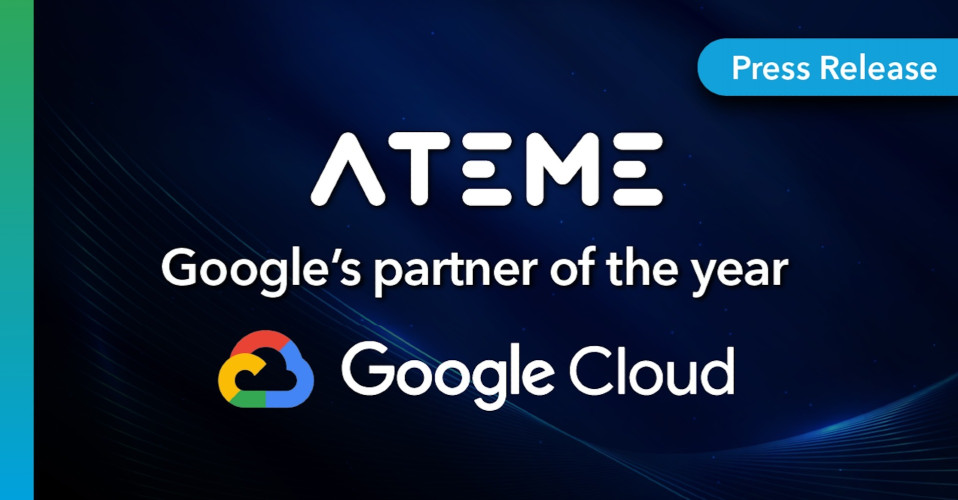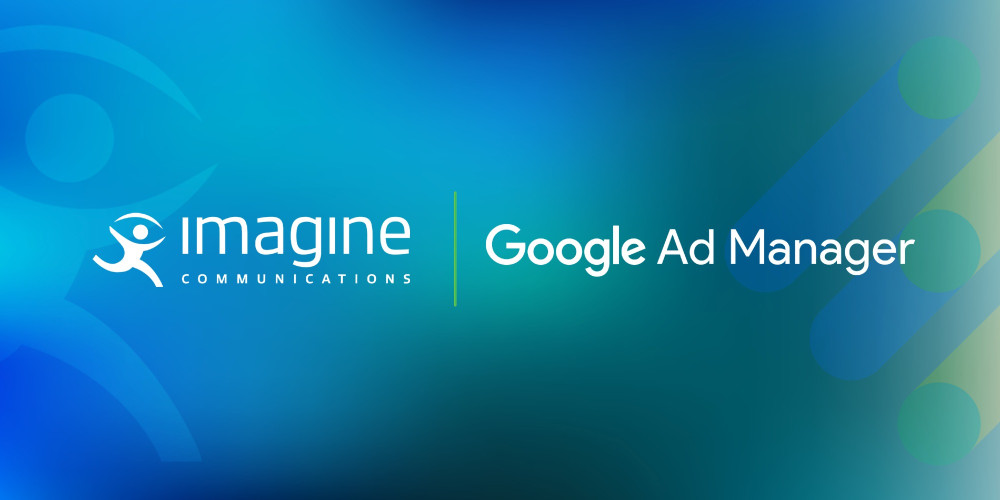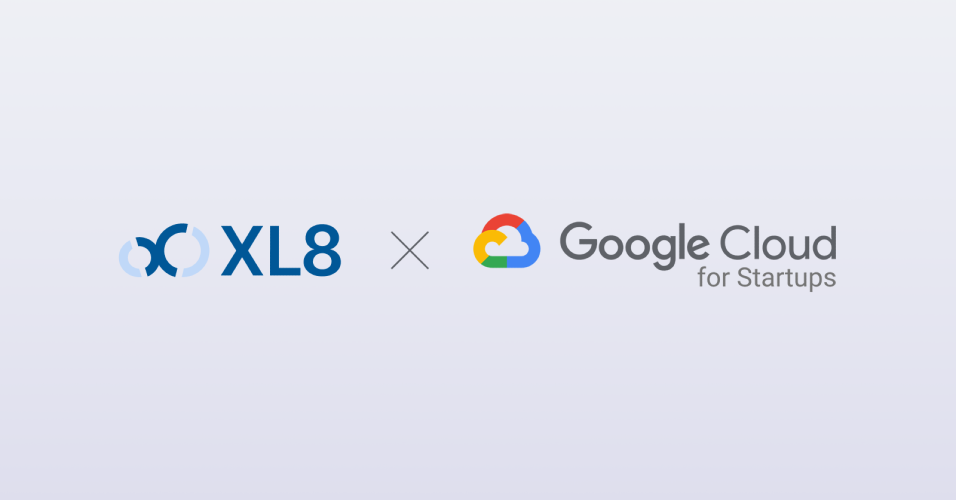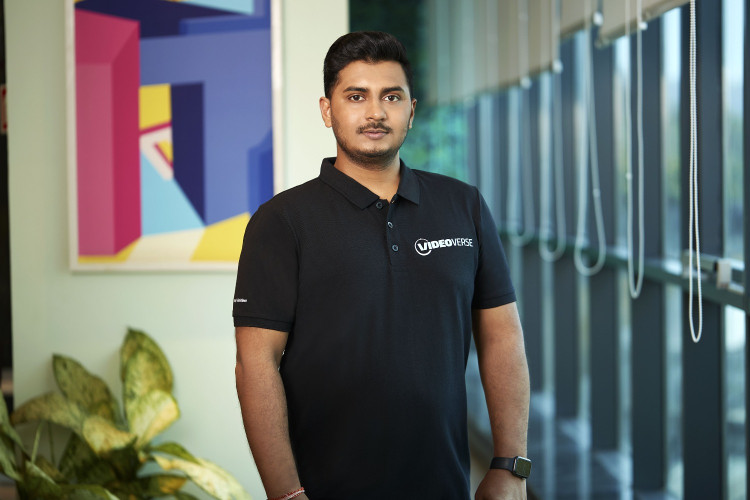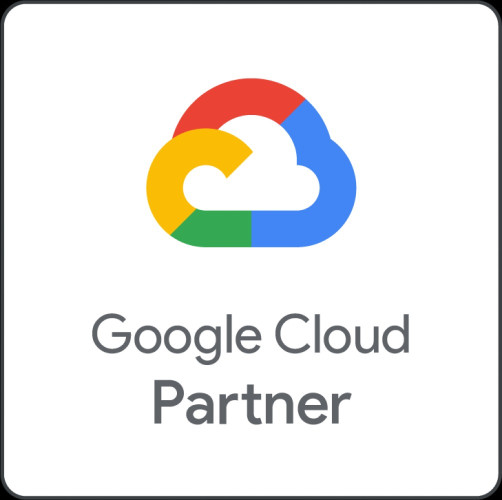Why should I care about integrating social media into my broadcast operations?
Viewers are the lifeblood of any broadcaster, whether public service or commercial, major national broadcaster or special interest, free-to-air or pay TV, RF or IP delivery, fundamentally it's all about getting, and keeping, as many viewers as possible. Social media provides an excellent and arguably very cost-effective way of increasing your odds when trying to grow your audience and also the potential to make your content more engaging and rewarding so they hang around once they find you.
But don't just take my word for it. Rest assured that even if you are not thinking about it, your competitors are! I recently attended the “Future of Broadcasting” conference in London with high level speakers from many major media organisations such as the BBC, BSkyB, Channel 4, Virgin Media, FremantleMedia, Discovery Networks and Turner Broadcasting and the vast majority of them identified increasing use of social media as part of their road map.
Because social media is so much about what is happening right now some traditional broadcaster even see it as an opportunity to draw viewers away from catch-up TV services to the main broadcast, which uniquely offer the instantaneously shared experience so well suited to in the moment discussions of social media users. Why would they want to do this when they spend so much time and money delivering their multi-platform services? Because the vast majority of advertising spend is still targeted at traditional over-the-air broadcasting!
But is it really worth any effort and expense to address what is, let’s face it, a passing fad or, what’s that called – a trend?
There is nothing faddish about trying to grow your audience. Social media is just another tool to enable you to do what you have always done. Few things carry as much influence as a recommendation from someone who’s opinion you value (that’s why celebrity endorsements were so valuable before we all became so cynical) and while the user-generated content on social media networks ranges from the sublime to the distinctly ridiculous, at the core of it are bunch of people expressing their opinions about everything and anything to another bunch of people who want to listen.
Reassuringly, the best way to make sure good things are said about your content in the social media is to carry on doing the same things you’ve done to make sure good things are said about your content in the conversations round the coffee machine at work or over a pint of beer, i.e., deliver great content!
OK, so if it is basically the same thing we’ve always done why not just stick to what we are already doing?
There is one really significant difference between the coffee machine/water-cooler/afternoon tea/pub/phone chat (let’s call those “conversations”) and twitter/Facebook/Google+ interactions (let's call those “interactions”) that it is definitely worth bearing in mind, and that is visibility. Conversations are generally only “visible” to those who are involved in the conversation (unless you are under state surveillance or talking loudly on your mobile on the tube!) whereas interactions may be visible to anyone with an interest.
This extended visibility can occur through a user’s extended social network (analogous to hearing something second hand) through a social network’s search capabilities or most powerfully and importantly via “trending”. Trending is a way that social media networks help users to find content that may be interesting. The general principle is that the larger the “footprint” a topic has the higher it trends. By footprint I mean how much interest the social network community has in a subject, and this is derived from the quantity and quality of interactions relating to the subject. Start trending high enough and information relating to your content may start being pushed in front of other users.
This sudden shift in visibility can trigger a snowball effect where the content trends higher and higher as more users show an interest and the visibility and reach of the topic grows exponentially. In extreme cases the topic can engage millions of users in a short space of time and is often said to have “gone viral”. Trust me, if someone tells you a conversation ‘round the coffee machine went viral they are talking about a couple of days off work sick, not the latest social media content. The ability of social media interactions to result in a virus-like explosion of exposure makes it well worth having a strategy in place for making the best use of it.
That being the case, how can we make sure our content or message go viral?
If I could give you an easy answer to that I’d either be fabulously rich, dead at the hands of the marketing industry or both! But the extra visibility of social media interactions does give some hope of tuning your strategy to increase your chances.
In addition to human users, interactions may also be visible to software agents (programs) running “in the cloud” or on specific machines via a public API (application programming interface). Twitter and Facebook both have public APIs and a Google+ API is in development. The APIs allow software agents to monitor activity on a social network, access public interactions and even generate content automatically on behalf of users.
Through the APIs, software agents can provide media operators with measurable data about social media users’ attitudes to their content and having access to objective data about how people feel about your content provides two key business opportunities. First, if you can measure attitudes to your content you have a sound starting point for putting a value on that content. Second, when it comes to that illusive viral campaign, you can develop, and what’s most important evaluate, strategies aimed at taking your message viral.
Again, there is nothing entirely new in either of these. It’s why media operators rely on TV ratings. The difference is that you not only see the outcome of the conversations in terms of more or fewer viewers, as you do with ratings, you can extract details of the interaction(s) that preceded the change in viewing figures, and that puts you in a much stronger position when you are trying to refine your strategy.
Are all social networks created equal?
Definitely not. That’s not to say that one is better than another, nor should you just target the one with the most users. Different social networks have differences in their structure, capabilities and rules that can make them more, or less, suitable for particular tasks. Facebook’s “Group Chat” functionality, for example, is well suited to provide communities for special interest groups such as fans of a particular program.
When it comes to keeping your finger on the pulse I’d strongly argue that Twitter presents the best option as the vast majority of information posted to Twitter is available via the public API. The 140-character tweet length limit ensures content is concise and its ability to support users on even the most basic mobile phones makes it potentially the most ubiquitous social network. Twitter is even broadcast friendly as the restricted message length makes it easy to include content in vision without needing too much screen real estate. Twitter even provides simple broadcast usage guidelines that provide plenty of scope for integrating Twitter content and interesting ways to enhance the experience, for both viewers and active participants.
As an example of using Twitter in a broadcast environment, we recently developed our “TVtweetCaster” product, which enables live Twitter content to be inserted in vision on any SD-SDI/HD-SDI originated live broadcast. The strength of TVtweetCaster is that it provides an out-of-the-box solution that incorporates a Twitter API interface which pulls live Twitter content based on user-supplied criteria; an operator console that presents incoming tweets for manual review; cost-effective text and graphics insertion hardware; text and graphics layout software and enough automation to bind it all together into an easy-to-use solution that can have you on air with live tweets in less than 10 minutes.
One of the first users of TVtweetCaster was, oddly, a radio show! FOX Sports North’s Paul Allen Show (KFAN Sports Radio – AM 1130) is a live talk radio sports show that is simulcast and streamed live on www.FOXSportsNorth.com every weekday to more than two million homes throughout the American Midwest.
The producers of the show had noticed the show occasionally trending well on Twitter, and with the launch of the web simulcast wanted to take advantage of their Twitter-savvy listeners to promote the new streaming content. FOX Sports North selected TVtweetCaster as it provided any easy route to integrate live listener/viewer tweets in the show, push beyond the traditional phone-in interaction offered to listeners and simultaneously increase the Twitter footprint of the radio show and streaming content.
Still not convinced of the power and reach of social media? Consider the following...
- Social networking usage grew to 26 percent for 36-49 year-olds in 2010 and to 20 per cent for 50-65 year-olds the same year1. - It's not just for kids.
- Apple iOS 5, due for release this autumn, integrates Twitter into the core OS enabling users to tweet from within supporting apps with a single click. To date Apple has sold over 200 million iOS devices2. – It’s not just for geeks.
- As of the middle of 2011, some 200 million tweets were being sent each day3. - That is a whole lot of opinion.
So “like” social media, understand it, abhor it or none of the above, if you want to grow your audience, or keep the one you already have, you should at least be thinking about how it might help you do what you already do, better!
1 Blogging, April 2011, B2B Social Media Guide
2 Scott Forstall, Apple WWDC 2011 Keynote 06/06/11
3 The Official Twitter Blog http://blog.twitter.com, posted 30/06/11










